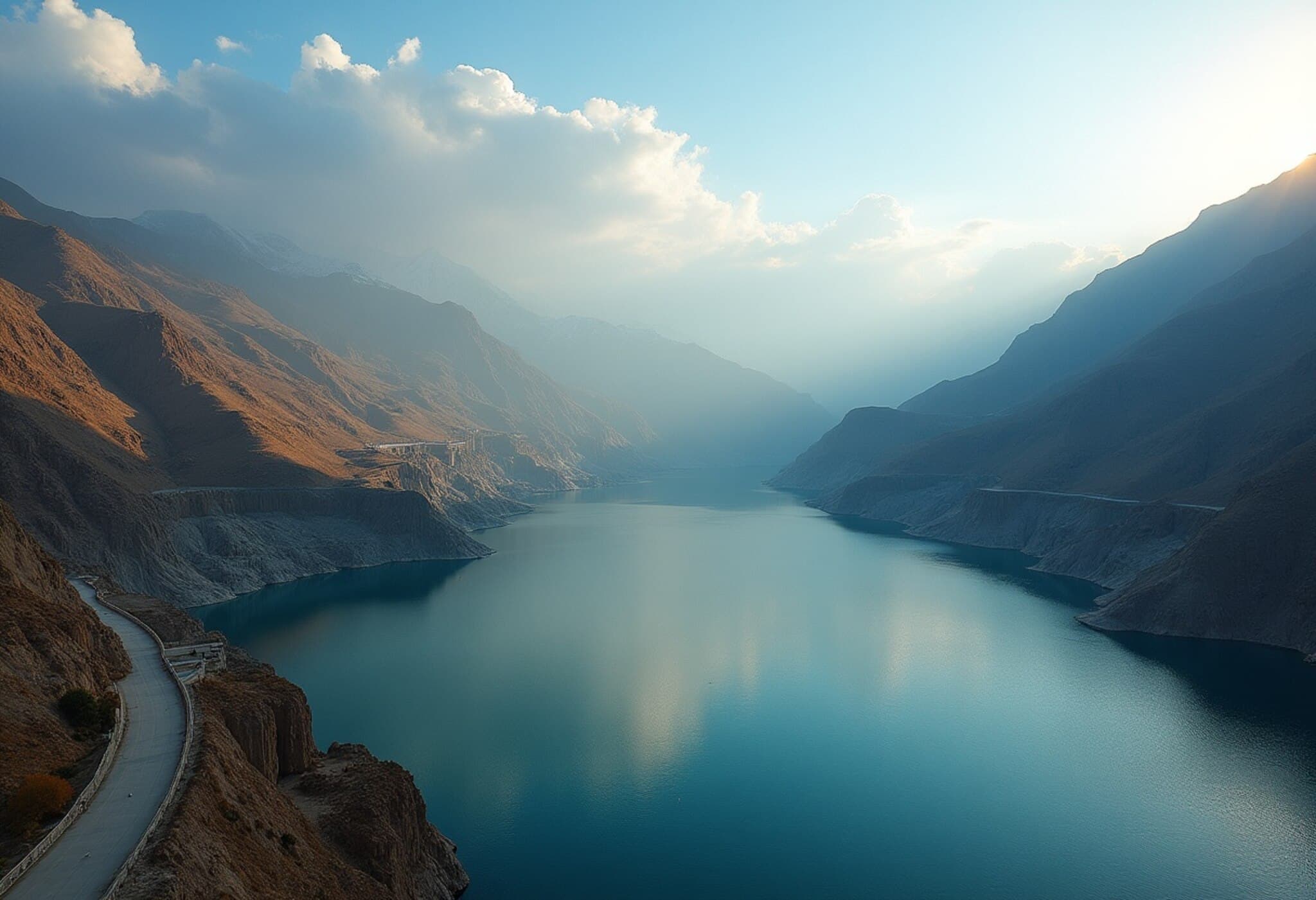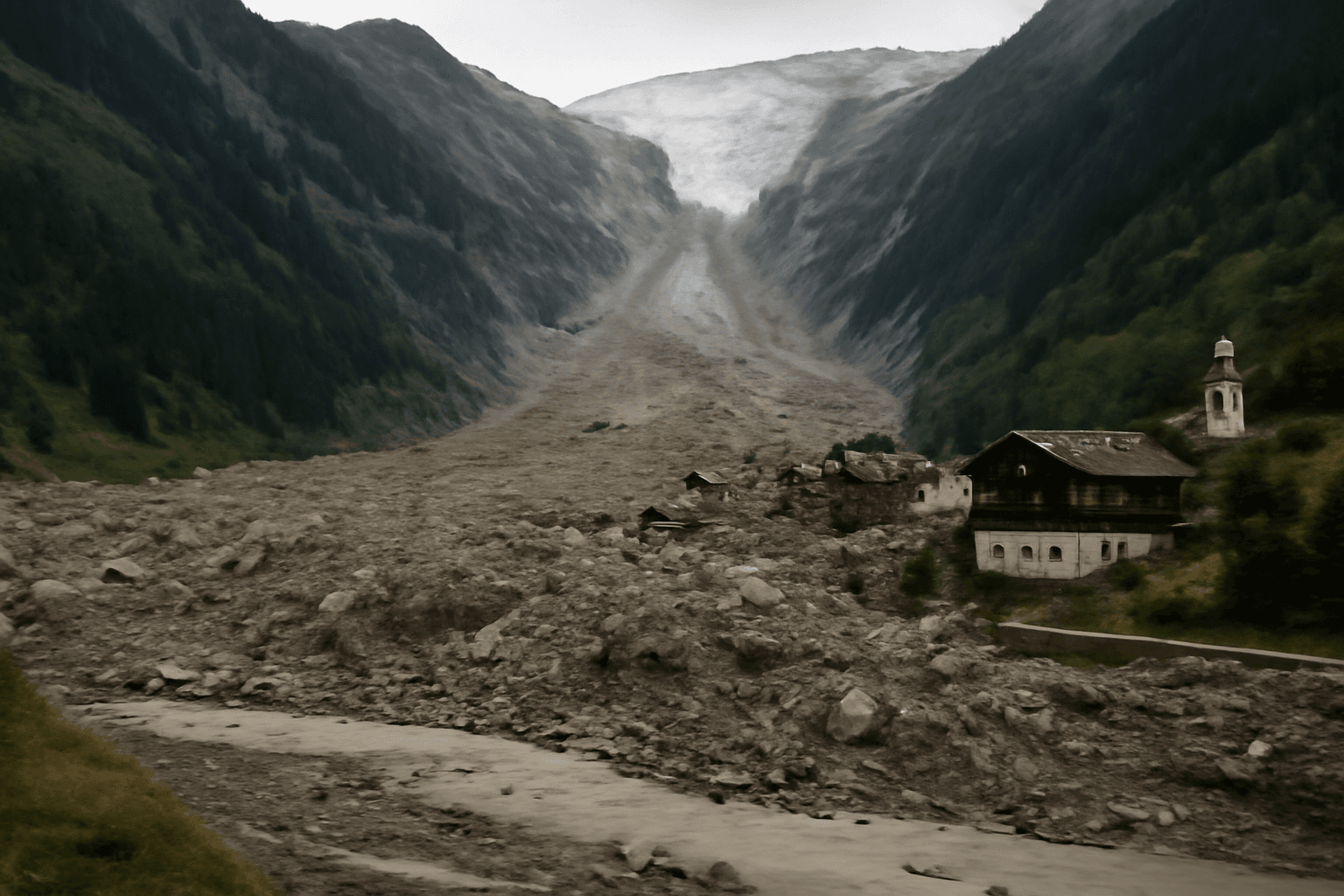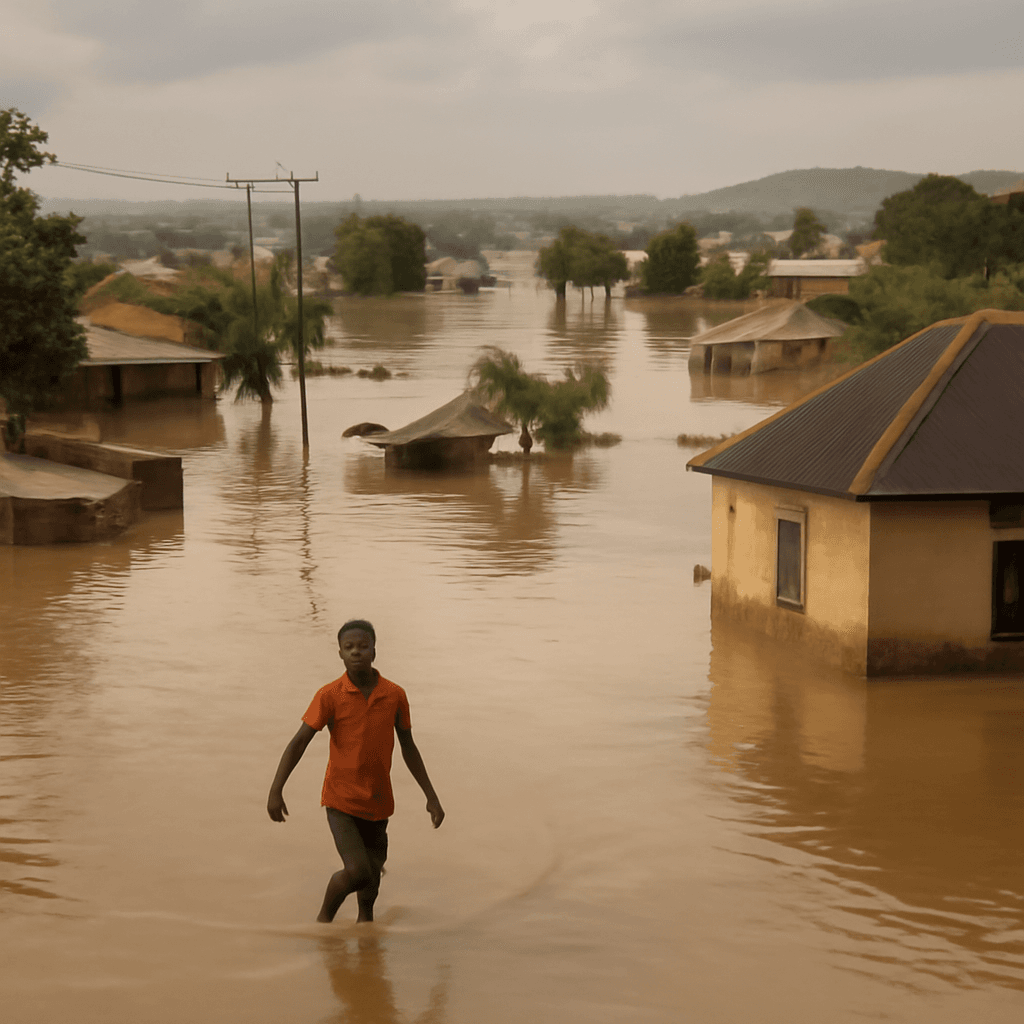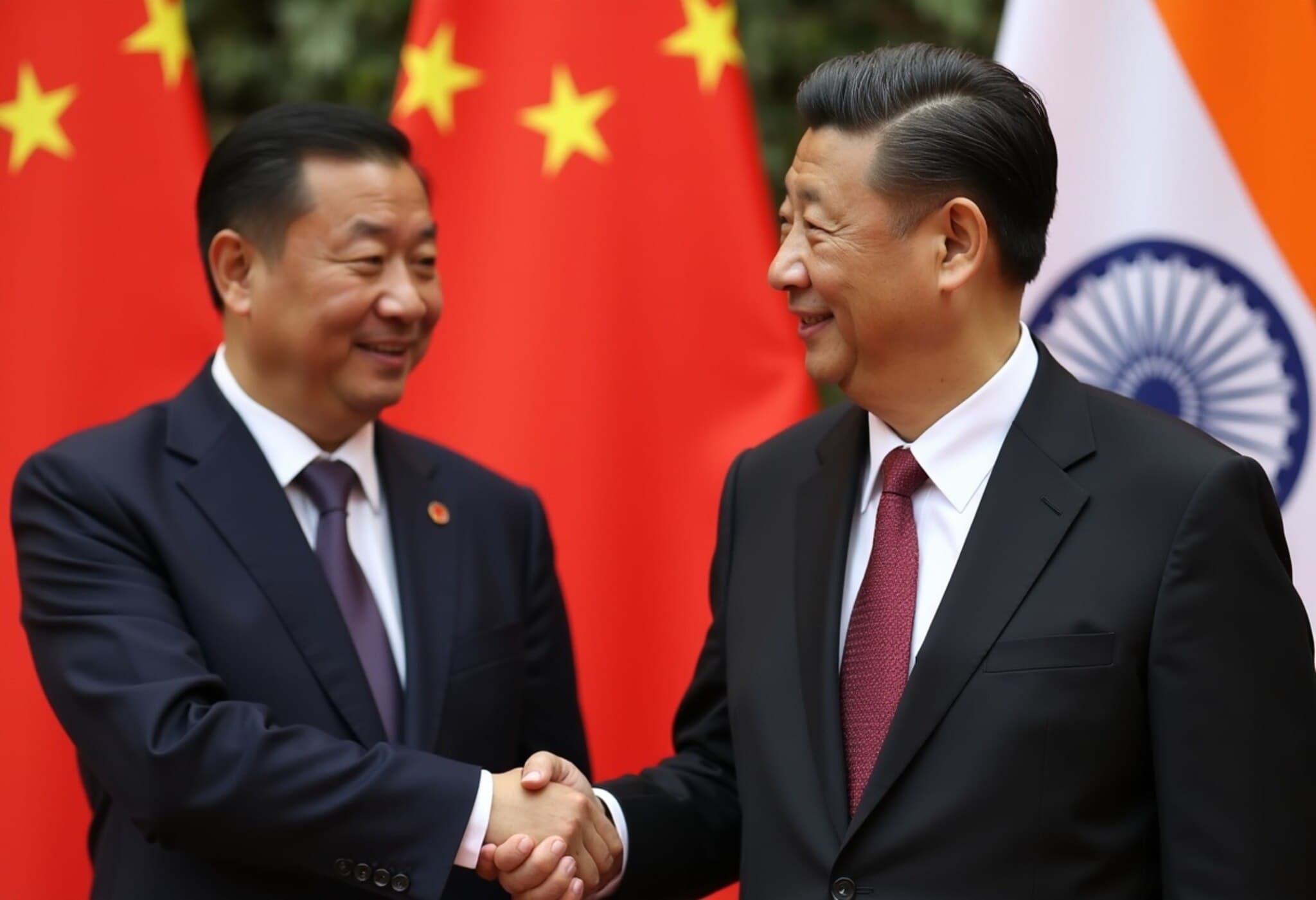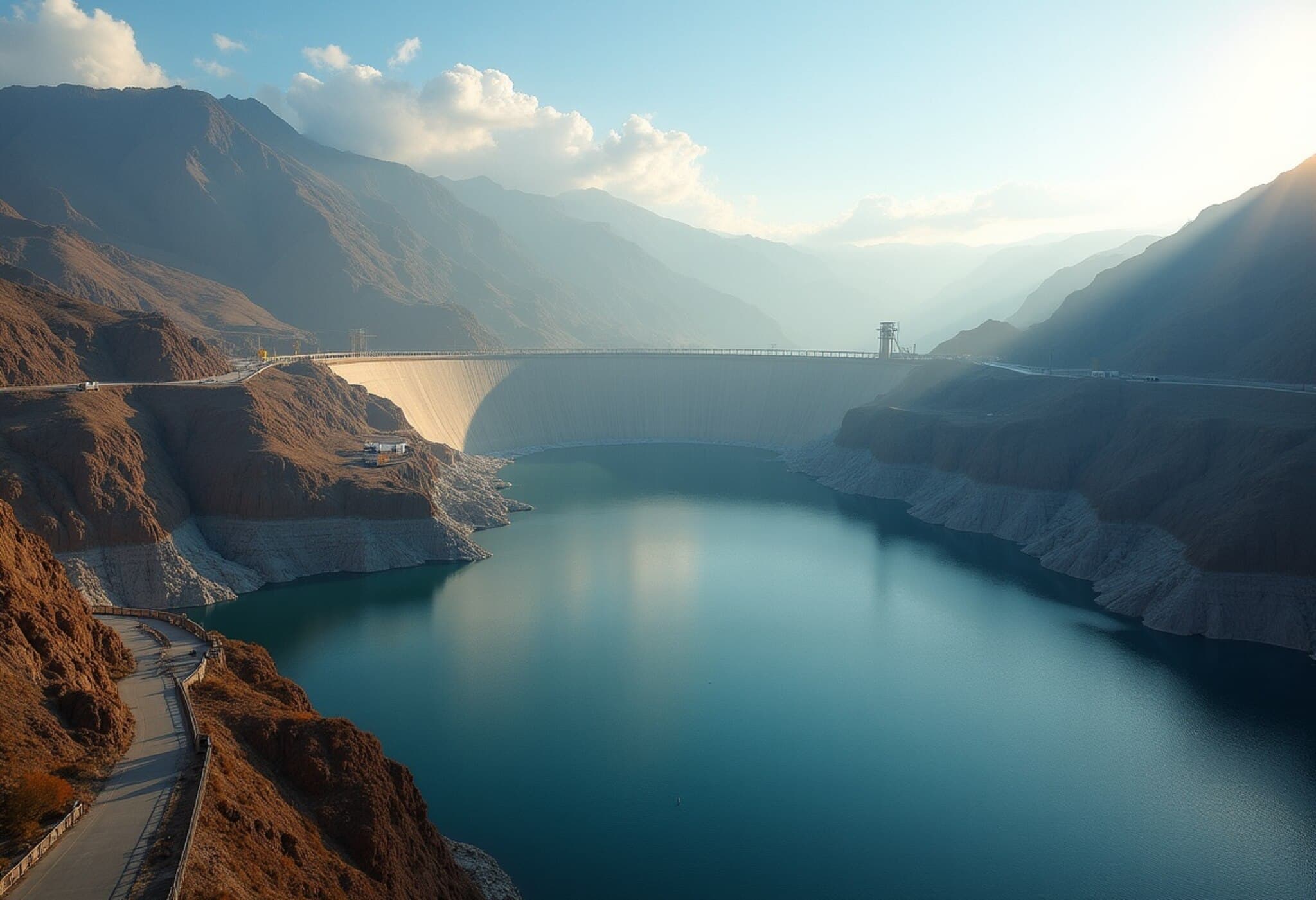China Initiates Ambitious Mega-Dam Project on Brahmaputra River in Tibet
In a significant development with far-reaching geopolitical and environmental implications, China has begun construction of a colossal hydropower dam along the Brahmaputra River in southeastern Tibet, near the sensitive border area adjoining India. The groundbreaking ceremony, held recently in Nyingchi, was attended by Chinese Premier Li Qiang, underscoring Beijing’s commitment to this high-profile infrastructure endeavor.
Project Scope and Strategic Objectives
Official statements reveal that the project, approved in December, encompasses the construction of five hydropower stations, representing an investment of approximately 1.2 trillion yuan (around $167 billion). The dam’s power generation capacity is set to surpass even that of China’s iconic Three Gorges Dam on the Yangtze River—making it one of the world’s largest hydropower projects.
While the primary goal is to bolster China’s ambitious carbon neutrality targets by harnessing renewable energy sources, the project also aligns with Beijing’s broader plan to stimulate economic development in Tibet, a region long considered strategically critical.
According to China’s official news agency Xinhua, the bulk of the electricity produced will be transmitted to other regions outside Tibet, even as local energy needs are also met.
Downstream Concerns: India and Bangladesh Voices Worry
The Brahmaputra—known as the Yarlung Tsangpo in Tibet—is a lifeline for millions in India’s northeastern states and Bangladesh, where it supports agriculture, fisheries, and daily living. Consequently, the dam’s construction has sparked anxiety among downstream countries about potential changes in water flow, sediment transport, and ecological balance.
India’s Ministry of External Affairs publicly expressed apprehension earlier this year, urging China to ensure that activities upstream do not adversely affect downstream stakeholders. China, in response, asserted that the dam would not produce any "negative impact" on downstream regions. Yet, independent experts caution that such large-scale hydrological interventions in an ecologically fragile and geopolitically tense region are prone to complex and unpredictable repercussions.
Environmental and Regional Implications
The Tibetan Plateau, often referred to as the "Third Pole" due to its vast ice reserves and critical role in Asia’s water security, is ecologically sensitive. Environmental groups warn that mega-dams alter riverine ecosystems, disrupt fish migration patterns, and may precipitate irreversible changes in regional climate patterns.
Furthermore, the Brahmaputra’s unique topography—characterized by high-gradient gorges and diverse habitats—raises concerns about sediment buildup and reduced downstream water availability, potentially impacting millions of agricultural livelihoods in India’s Assam and Arunachal Pradesh states and Bangladesh’s floodplains.
Geopolitical Context and Expert Commentary
Hydroelectric projects on transboundary rivers in Asia often act as flashpoints in bilateral relations. The Brahmaputra basin is a classic case of tension between upstream and downstream riparian nations, where water security intertwines with strategic competition.
Experts point out that China’s mega-dam could serve not only as an energy asset but also as a tool of hydraulic diplomacy, potentially allowing Beijing to regulate water flow during dry seasons or political stand-offs. This raises vital questions about existing treaties and frameworks governing river water sharing, which remain limited for the Brahmaputra.
Indian policymakers might need to intensify diplomatic engagement with China while investing in enhanced river basin management, flood control, and alternative water sources domestically.
What Lies Ahead for the Brahmaputra and Regional Cooperation?
While infrastructure development is critical for regional advancement and has undeniable benefits, the Brahmaputra dam project epitomizes the delicate balance between progress and preservation. Transparent data sharing, joint scientific research, and multilateral dialogue among China, India, Bangladesh, and other stakeholders will be essential to avert ecological harm and promote equitable water resource management.
Given the potential scale of impact—spanning ecological, economic, and geopolitical dimensions—the project demands close monitoring from international environmental bodies and policy analysts to foster sustainable river governance frameworks.
Editor’s Note
The launch of China’s mega-dam on the Brahmaputra river marks a pivotal moment in Himalayan hydropolitics. While it promises enormous hydroelectric potential and supports China’s green energy goals, it simultaneously stirs deep apprehensions across India and Bangladesh about long-term water security and environmental stability.
This development invites urgent questions: How will downstream countries safeguard their interests without antagonizing a powerful upstream neighbor? Can collaborative transboundary mechanisms be strengthened to balance developmental aspirations with ecological stewardship? The unfolding story of the Brahmaputra dam is not just about infrastructure; it’s about the future of regional cooperation, climate resilience, and shared natural heritage in Asia.

